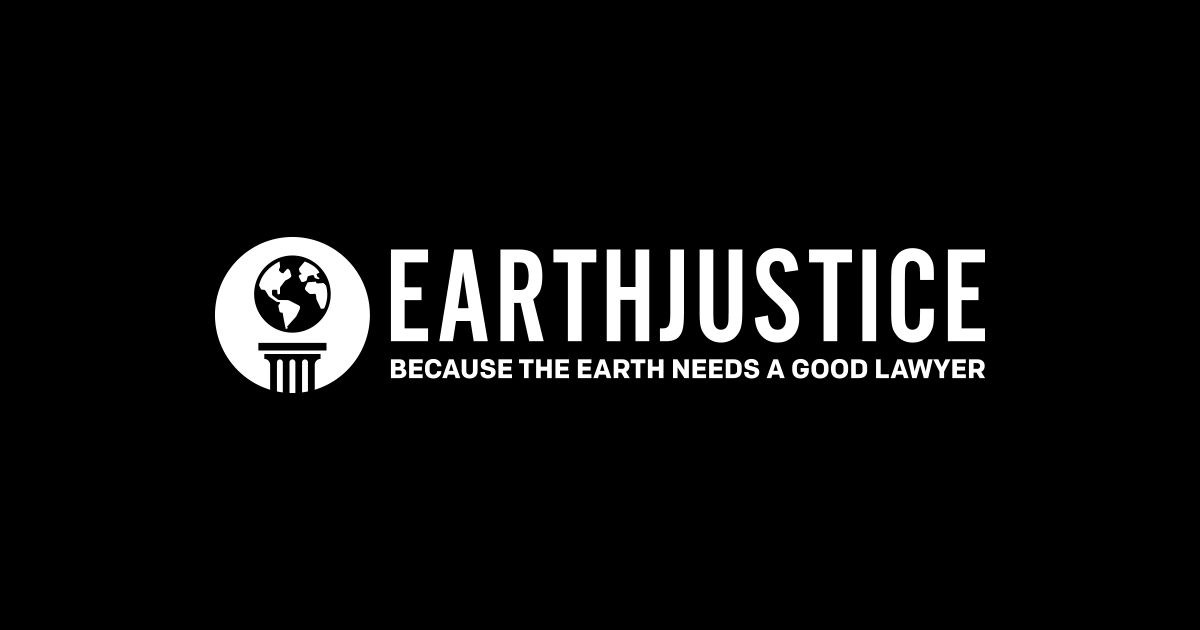Court Rejects Polluters’ Requests to Block EPA’s Good Neighbor Rule
Court Rejects Polluters' Requests to Block EPA's Good Neighbor Rule Earthjustice


Environmental and Health Groups Celebrate Federal Appeals Court Decision on Good Neighbor Rule
Washington, D.C.

Environmental and health groups celebrated an important step toward clean air after a federal appeals court today denied the requests of states and industry groups to block the Environmental Protection Agency’s (EPA) “Good Neighbor Rule.” The rule, designed to address cross-state air pollution and the adverse health effects of ozone pollution, also called smog, will improve public health and air quality.
The Good Neighbor Rule: A Vital Measure for Reducing Cross-State Air Pollution
The Good Neighbor Rule, a vital measure aimed at reducing cross-state air pollution, requires coal-burning power plants and other high-polluting industrial sources to decrease emissions that contribute to smog. Polluters in upwind states like Indiana and Ohio that had previously avoided implementing pollution controls are slated to reduce their contributions to hazardous smog levels in downwind states like Connecticut and Wisconsin.
The coalition of health and environmental groups defending the rule stated, “The court’s refusal to block this protective air rule serves as a critical step towards holding upwind polluters accountable for their contribution to cross-state smog. We remain committed to fighting for cleaner air and a healthier future, ensuring that polluters are held responsible for jeopardizing air quality.”
Significant Health Benefits and Environmental Impact
The federal appeals court’s decision to reject the stay request is a triumph for communities striving to combat the health risks posed by air pollution. EPA estimates that the Good Neighbor Rule, when fully implemented, will prevent more than a million asthma attacks annually and at least a thousand premature deaths. This rule will also improve the health of forests and waterbodies harmed by ozone and its precursor pollutants.
Earthjustice Attorney Kathleen Riley stated, “This court decision marks a crucial step in our ongoing battle to hold upwind polluters accountable for exacerbating cross-state smog pollution. With more than 127 million people residing in regions plagued by harmful ozone levels, the Good Neighbor Rule protects public health. Earthjustice will keep fighting to ensure that this and national air quality rules truly protect public health.”
Importance of the D.C. Circuit Decision
The U.S. Court of Appeals decision for the D.C. Circuit is notable after other courts blocked a related rule from going forward in certain states. With support from the coalition of environmental and health organizations, EPA has consistently argued that all challenges to these national protections should be heard in the D.C. Circuit, the court with experience reviewing prior Good Neighbor rules.
The Need for Stronger Regulations
Smog, a harmful form of air pollution generated by vehicles, factories, and power plants, leads to asthma attacks, heart and lung diseases, and premature deaths nationwide.
The Good Neighbor Rule is just one necessary step to protect people from the adverse health impacts of air pollution. Recent studies show that the national standards for particulate matter — soot — and smog are far too weak to protect people from premature death, lung cancer, reproductive harm, and cardiovascular disease. This year, the EPA proposed a new standard for soot, but it’s not nearly as strong as scientists and doctors say it needs to be. Stronger soot and smog regulations would save tens of thousands of lives.
Coalition Defending the Good Neighbor Rule
A coalition of environmental and health groups has defended the Good Neighbor Rule in court. The coalition includes:
- Environmental Defense Fund
- Citizens for Pennsylvania’s Future, Clean Air Council, and Clean Wisconsin represented by the Clean Air Task Force
- Air Alliance Houston, Appalachian Mountain Club, Center for Biological Diversity, Chesapeake Bay Foundation, Downwinders at Risk, Louisiana Environmental Action Network, Sierra Club, Southern Utah Wilderness Alliance, and Utah Physicians for a Healthy Environment represented by Earthjustice
SDGs, Targets, and Indicators in the Article
| SDGs | Targets | Indicators |
|---|---|---|
| SDG 3: Good Health and Well-being | Target 3.9: By 2030, substantially reduce the number of deaths and illnesses from hazardous chemicals and air, water, and soil pollution and contamination | – EPA estimates that the Good Neighbor Rule, when fully implemented, will prevent more than a million asthma attacks annually and at least a thousand premature deaths. – Improved health of forests and waterbodies harmed by ozone and its precursor pollutants. |
| SDG 11: Sustainable Cities and Communities | Target 11.6: By 2030, reduce the adverse per capita environmental impact of cities, including by paying special attention to air quality and municipal and other waste management | – The Good Neighbor Rule aims to reduce cross-state air pollution, specifically smog, which contributes to poor air quality in downwind states. |
| SDG 13: Climate Action | Target 13.2: Integrate climate change measures into national policies, strategies, and planning | – The Good Neighbor Rule requires coal-burning power plants and high-polluting industrial sources to decrease emissions that contribute to smog, which is a form of air pollution linked to climate change. |
1. Which SDGs are addressed or connected to the issues highlighted in the article?
- SDG 3: Good Health and Well-being
- SDG 11: Sustainable Cities and Communities
- SDG 13: Climate Action
2. What specific targets under those SDGs can be identified based on the article’s content?
- Target 3.9: By 2030, substantially reduce the number of deaths and illnesses from hazardous chemicals and air, water, and soil pollution and contamination (SDG 3)
- Target 11.6: By 2030, reduce the adverse per capita environmental impact of cities, including by paying special attention to air quality and municipal and other waste management (SDG 11)
- Target 13.2: Integrate climate change measures into national policies, strategies, and planning (SDG 13)
3. Are there any indicators mentioned or implied in the article that can be used to measure progress towards the identified targets?
- – EPA estimates that the Good Neighbor Rule, when fully implemented, will prevent more than a million asthma attacks annually and at least a thousand premature deaths. This indicates progress towards Target 3.9 of SDG 3.
- – The Good Neighbor Rule aims to reduce cross-state air pollution, specifically smog, which contributes to poor air quality in downwind states. This indicates progress towards Target 11.6 of SDG 11.
- – The Good Neighbor Rule requires coal-burning power plants and high-polluting industrial sources to decrease emissions that contribute to smog, which is a form of air pollution linked to climate change. This indicates progress towards Target 13.2 of SDG 13.
SDGs, Targets, and Indicators in the Article
| SDGs | Targets | Indicators |
|---|---|---|
| SDG 3: Good Health and Well-being | Target 3.9: By 2030, substantially reduce the number of deaths and illnesses from hazardous chemicals and air, water, and soil pollution and contamination | – EPA estimates that the Good Neighbor Rule, when fully implemented, will prevent more than a million asthma attacks annually and at least a thousand premature deaths. – Improved health of forests and waterbodies harmed by ozone and its precursor pollutants. |
| SDG 11: Sustainable Cities and Communities | Target 11.6: By 2030, reduce the adverse per capita environmental impact of cities, including by paying special attention to air quality and municipal and other waste management | – The Good Neighbor Rule aims to reduce cross-state air pollution, specifically smog, which contributes to poor air quality in downwind states. |
| SDG 13: Climate Action | Target 13.2: Integrate climate change measures into national policies, strategies, and planning | – The Good Neighbor Rule requires coal-burning power plants and high-polluting industrial sources to decrease emissions that contribute to smog, which is a form of air pollution linked to climate change. |
Behold! This splendid article springs forth from the wellspring of knowledge, shaped by a wondrous proprietary AI technology that delved into a vast ocean of data, illuminating the path towards the Sustainable Development Goals. Remember that all rights are reserved by SDG Investors LLC, empowering us to champion progress together.
Source: earthjustice.org

Join us, as fellow seekers of change, on a transformative journey at https://sdgtalks.ai/welcome, where you can become a member and actively contribute to shaping a brighter future.







